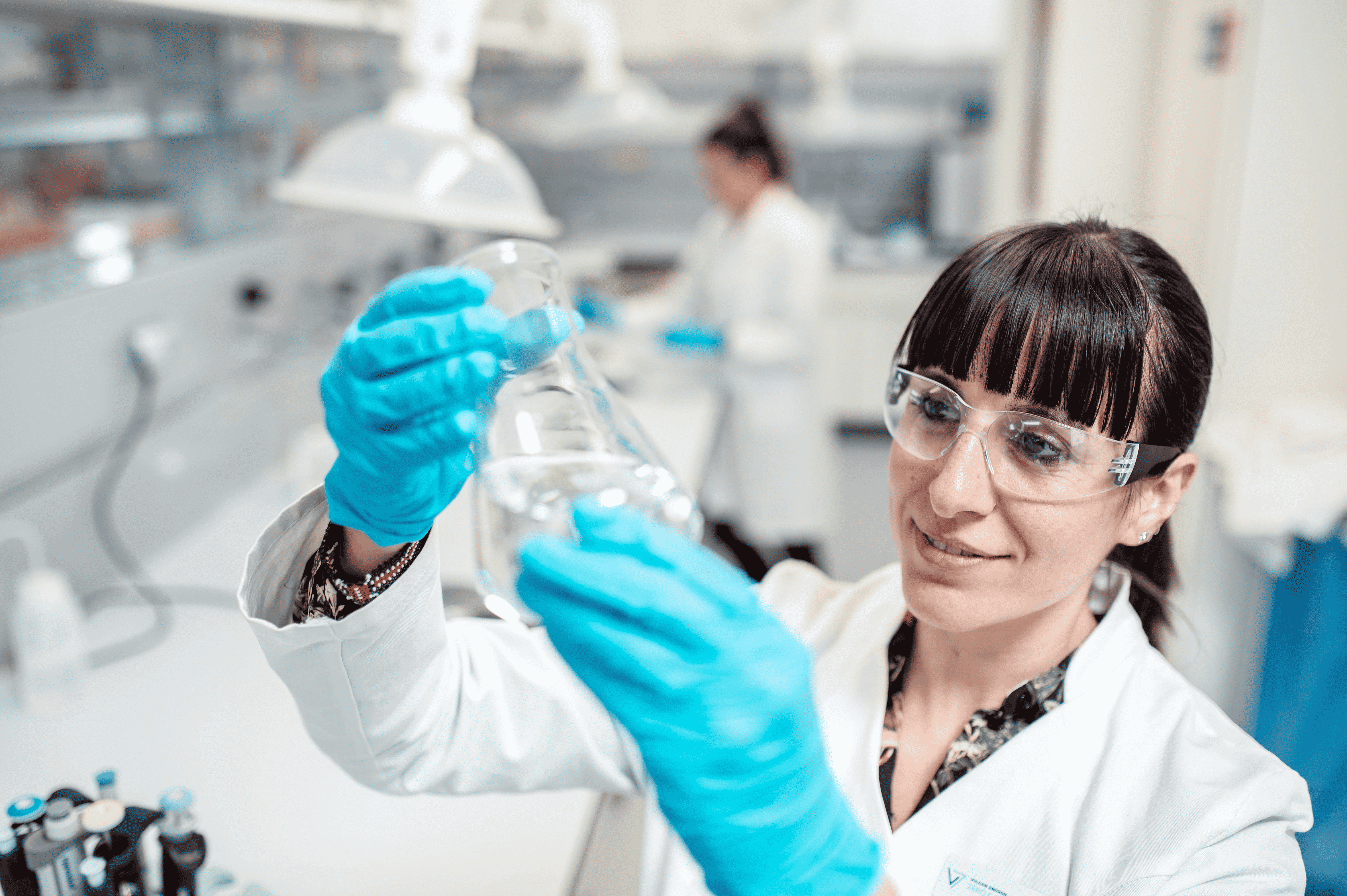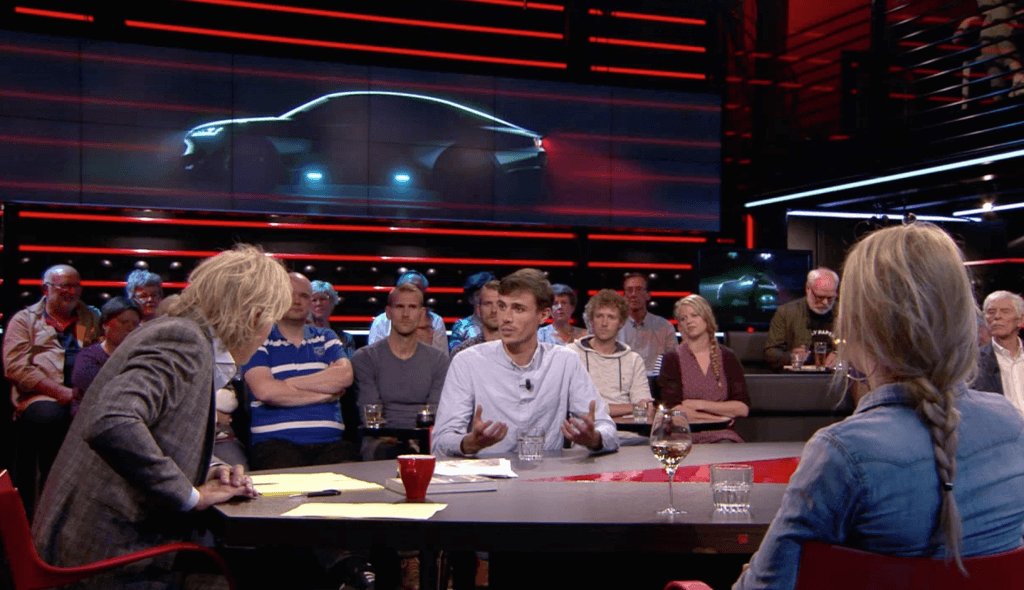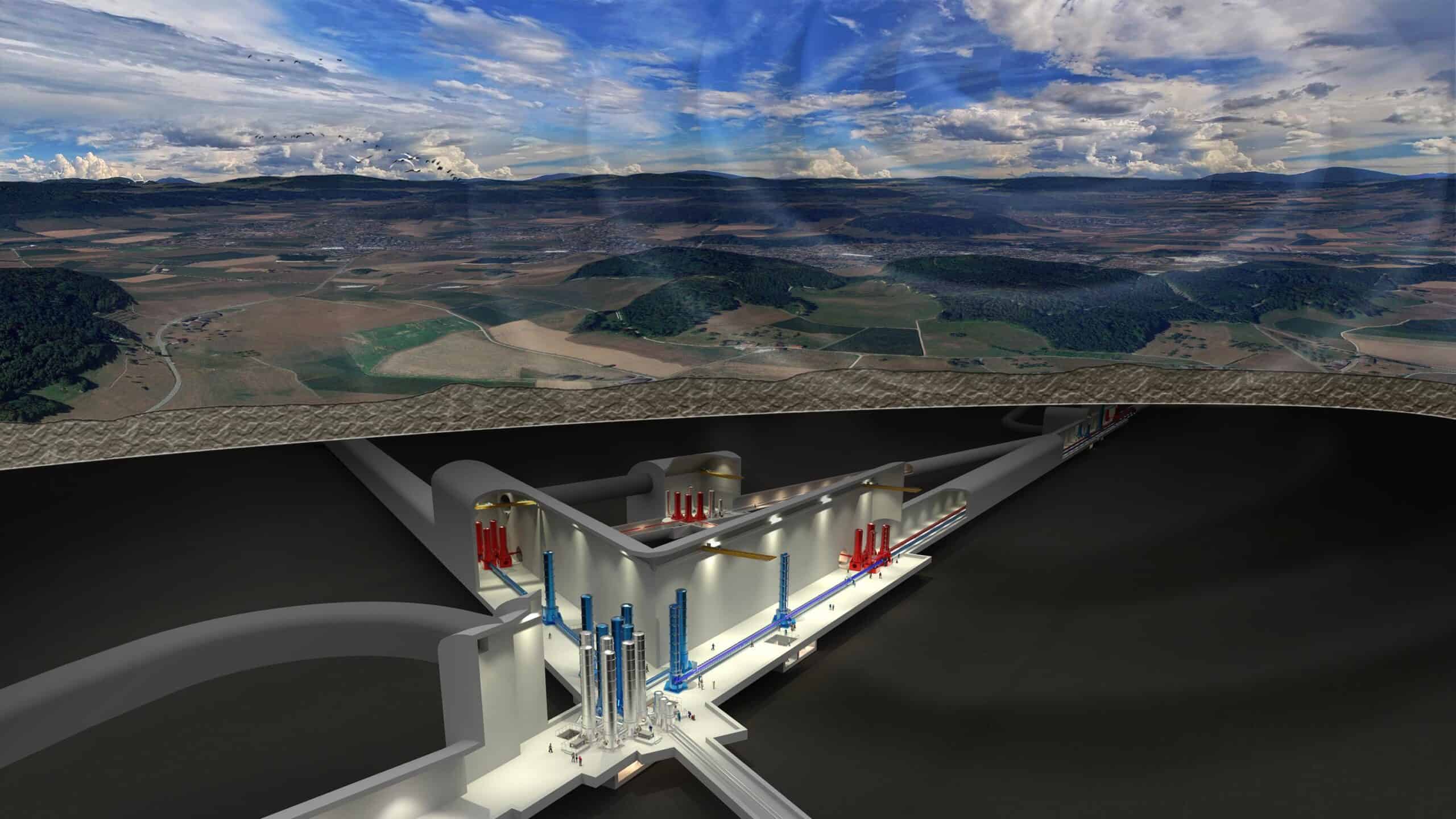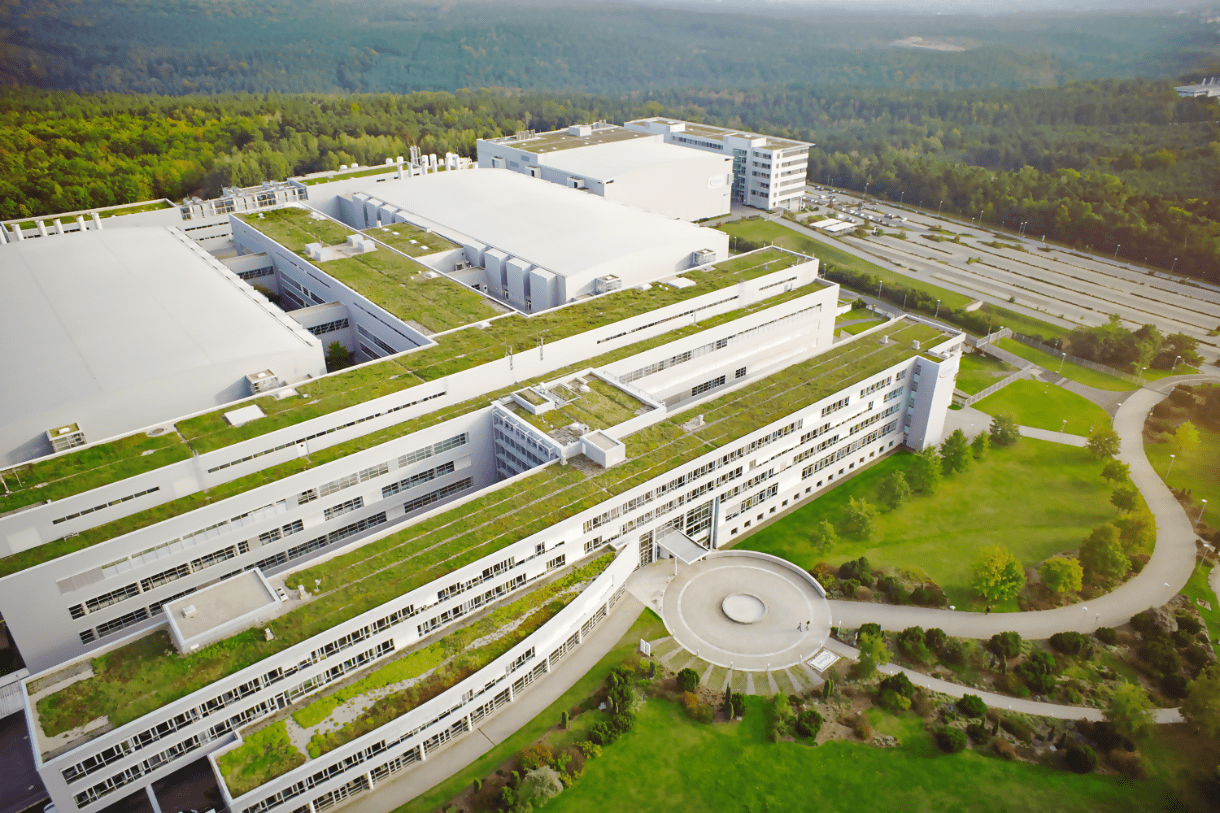
Dresden is getting a new chip factory. Next year, Infineon will begin construction of a plant that is scheduled for completion in 2026. At 5 billion euros, it will be the most significant investment ever in the history of the originally Bavarian company.
The new plant will be adjacent to the already existing location and will employ about 1,000 people. This brings the total in Dresden to more than 4,000. It will make Infineon one of the larger employers in the capital of Saxony, which is increasingly known as Silicon Saxony.
It is estimated that at least 50,000 people work in Dresden at companies and research institutes dealing with microelectronics. In the field of semiconductor production, Infineon has competition from Bosch (450 employees), the American company Globalfoundries (3,400 employees), and X-Fab (500 employees).
In addition, there are numerous companies in Dresden that are close to it. Some examples are Applied Materials, the Advanced Mask Technology Center, Jenoptik, Meyer Burger, Siltronic, and the Dutch companies ASML and NXP Semiconductors (one of Infineon’s main European competitors).
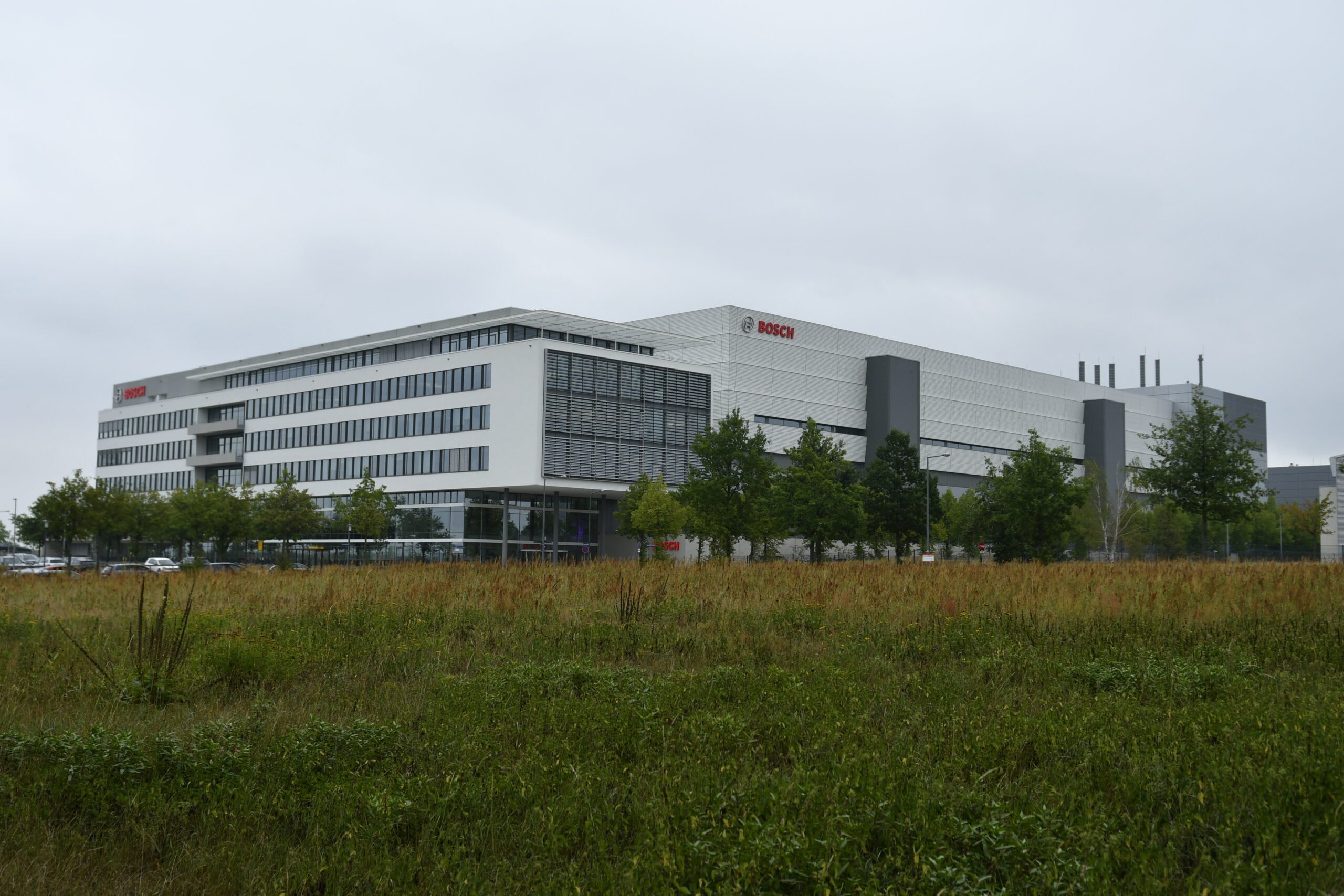
European Chips Act
100% certainty of Infineon’s investment is not yet established. Board chairman Jochen Hanebeck makes it contingent on “appropriate government support,” which will probably only become possible once the European Chips Act passes in Brussels.
The Chips Act is one of the European Commission’s initiatives to support the European semiconductor industry in competition with often much larger companies from Asia and the US. Think of technology groups like TSMC, Intel, Samsung, Micron Technology and Nvidia. With the Chips Act, the European Commission plans to release a total of €15 billion through 2030. The goal is to increase Europe’s market share from under 10% to 20%.
17 billion euros in Magdeburg
Incidentally, it is not the case that only European companies are eligible. Intel is also hoping for government support for its chip factory in Magdeburg – not so far from Dresden.
Intel confirmed today that it will start construction of that plant, which is expected to create 10,000 jobs, in 2023. The plant will cost even more than Infineon’s – 17 billion euros. It will be one of Europe’s largest chip factories and investments.

Radar sensors
Infineon is number one in Europe, but globally it is rather a small player. Still, like the other European chip makers such as NXP, STMicroelectronics and ARM Holdings, the company excels in specialization.
Infineon is especially good at high-performance chips and sensors for cars, trains, industrial processes and wind farms. The industrial and automotive sectors in particular, are fast-growing markets. Think of electric cars and robotization. According to CEO Hanebeck, “decarbonization and digitalization” drive structural growth in the chip industry.
A particular area within the automotive sector is chips for self-driving cars. In that area, Handelsblatt newspaper had some news this week. Infineon is presenting a radar sensor this week at the Electronica trade fair in Munich that can see 300 meters far. That’s 50 meters more than was previously the case.
Radar sensors are still a relatively small market segment today, with Infineon as the market leader, followed at some distance by NXP. But the Germans expect a growth explosion of 27% a year over the next few years. That has everything to do with the advances in autonomous driving.
Now sensors are mainly a parking aid, keeping distance on the highway and driving within the lines. Much more is expected to be possible with ever-improving cameras, lidar systems, radar sensors, and artificial intelligence.
Virtually all automakers are betting on a combination of all four. Cameras use images to search for objects/obstacles in the environment, lidar systems do the same with lasers and radar sensors work with radio waves (electromagnetic radiation). Artificial intelligence can be used to turn that information into action, such as breaking in time or avoiding overflowing wildlife.
Originating from Siemens
Infineon is similar in many ways to its Dutch competitor NXP. Both chipmakers emerged from two quite similar technology groups: Infineon emerged from Siemens in 1999. NXP is a former subsidiary of Philips.
Infineon is headquartered in Munich. In addition to Dresden, it has large production sites in Regensburg, Austria, Malaysia, Indonesia and China, among others. In Dresden, so-called wafers are made with a diameter of 300 millimeters. A wafer is a thin slice of semiconductor material, such as silicon, gallium arsenide, or silicon carbide, on which circuits are mounted. Multiple chips or sensors can then be cut from a wafer.
Infineon also has a Dutch touch. Its chief operations officer is Nijmegen-born Rutger Wijburg, who received his doctorate from the University of Twente and ended up at Infineon via Philips, NXP and Globalfoundries. Wijburg has been on Infineon’s board of directors since March. As of 2018, he was responsible for the Dresden plant.



